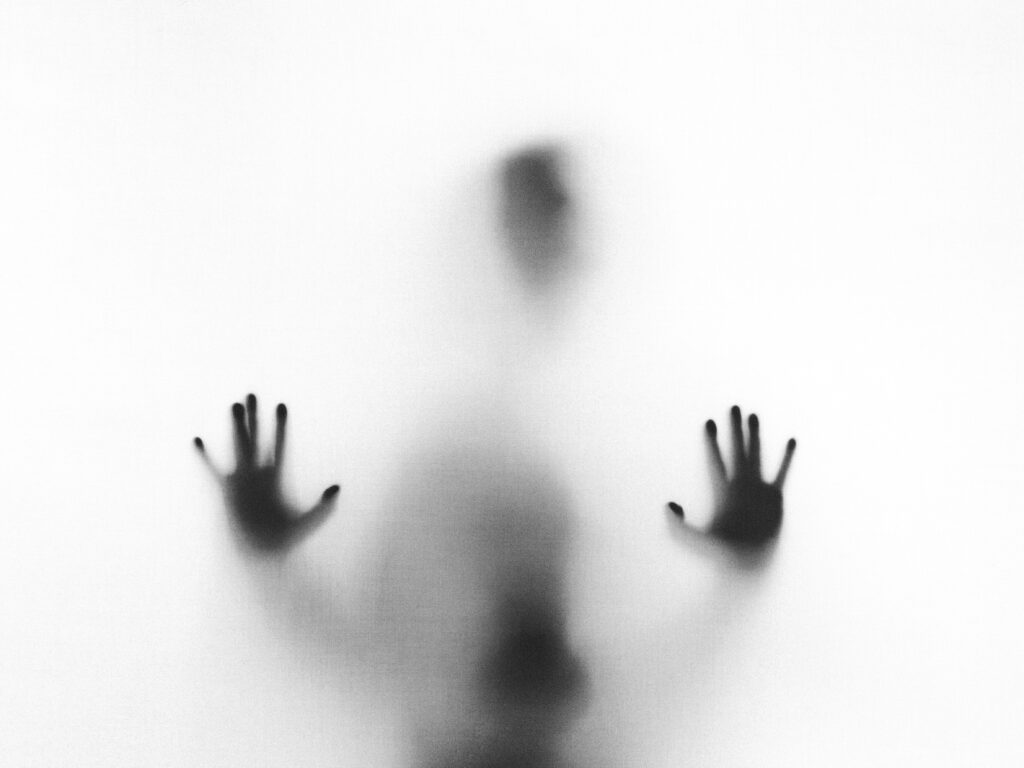Last Updated on December 19, 2023
Therapies aren’t a one-size-fits-all solution; they vary significantly. Within the broad spectrum of psychological interventions, a clear contrast emerges in how behavior therapy and psychoanalysis differ. These two prominent approaches stand apart, each offering distinct techniques and perspectives.
Understanding Behavior Therapy
Behavior therapy doesn’t skirt the issue—it targets observable behaviors. Employing conditioning, rewards, or direct confrontation of fears, it aims to reshape actions to change feelings.
Imagine someone gripped by a fear of heights. Behavior therapy intervenes systematically, avoiding sudden leaps. Instead, it gradually introduces manageable exposures, starting with images of tall buildings, progressing to standing on low platforms, then ascending higher altitudes.
At each stage, the fear is confronted, facilitating adaptation and eventual liberation from crippling anxiety. This gradual approach readjusts responses until the fear diminishes, empowering the individual to navigate heights confidently.
Exploring Psychoanalysis
Psychoanalysis, rooted in Freud’s work, dives into the unseen—the unconscious mind. It involves delving into an individual’s past, dreams, and thoughts to decode behavioral motivations.
In the realm of psychoanalysis, envision someone battling relentless anxiety. Unlike behavior therapy’s direct approach, psychoanalysis delves deeper, exploring past experiences, subconscious thoughts, and dreams. It sees pervasive anxiety beyond recent stressors or evident triggers. A psychoanalyst might probe buried childhood memories, seeking pivotal moments obscured over time.
Perhaps, a traumatic childhood event left an indelible imprint. Psychoanalysis views these buried memories and emotions as covert influencers on present behavior. Untangling this web might reveal that persistent anxiety roots in these buried childhood memories. By illuminating these hidden fragments, psychoanalysis aims to unveil the causes of present emotional struggles, guiding resolution of these ingrained issues.

Contrasting Approaches: Behavior Therapy vs. Psychoanalysis
Behavior therapy addresses observable behaviors, while psychoanalysis resembles a detective quest into hidden thoughts and past experiences to unravel behavioral mysteries.
Imagine someone struggling with a fear of public speaking. Behavior therapy confronts this fear directly through observable actions. Sessions may gradually expose the individual to public speaking scenarios, progressing from simulated environments to larger audiences. This repeated exposure aims to recalibrate fear responses, reshaping reactions to public speaking.
Conversely, psychoanalysis explores deeper reasons behind the fear instead of addressing it head-on. Instead of immediate speech practice, a psychoanalyst delves into the individual’s psyche. They may explore past experiences or childhood memories related to public speaking or situations triggering exposure or criticism.
The goal isn’t swift behavioral change but to unveil hidden connections between past events and current fears. By understanding the root cause, psychoanalysis offers insights and long-term transformation of one’s relationship with public speaking.
Psychoanalysis vs. CBT
Cognitive Behavioral Therapy (CBT) blends behavior therapy with cognitive patterns, focusing on present scenarios without delving extensively into the past.
Consider someone stressed before a looming presentation. In CBT, therapists focus on the present scenario and the individual’s thought patterns. Collaboratively, they dissect anxiety-triggering thoughts, evaluating their accuracy and logic. Armed with techniques, therapists aid in reshaping these thoughts—encouraging realistic viewpoints, aiming to transform present thoughts and behaviors, offering relief from immediate distress.
Unlike psychoanalysis exploring the subconscious and past experiences, CBT operates in the present, aiming to transform current thoughts and behaviors, offering immediate relief from distress or concerns.

Effectiveness and Applications
Behavior therapy excels in targeted interventions, like phobias or addictions. For instance, to tackle a fear of spiders, it employs exposure therapy, addressing the fear directly.
Conversely, psychoanalysis offers a deeper exploration of fear’s underlying causes, seeking to uncover hidden factors contributing to fear and offering comprehensive insights, despite potential delays in results.
Exploring Therapy’s Diversity for Personal Growth
In the realm of therapy, diverse approaches like behavior therapy, psychoanalysis, Cognitive Behavioral Therapy, and humanistic therapy offer unique yet valuable perspectives. Each approach provides a unique lens to navigate psychological challenges.
How Behavior Therapy and Psychoanalysis Differ: A Deeper Insight
Understanding these methodologies empowers individuals to choose their personalized journey toward mental well-being and holistic personal development. The varied therapeutic options signify not only the richness of human psychology but also the vast avenues available for empowerment, healing, and positive change.
Ultimately, it’s about finding the approach that resonates most deeply—a step toward a fulfilling and thriving life.








